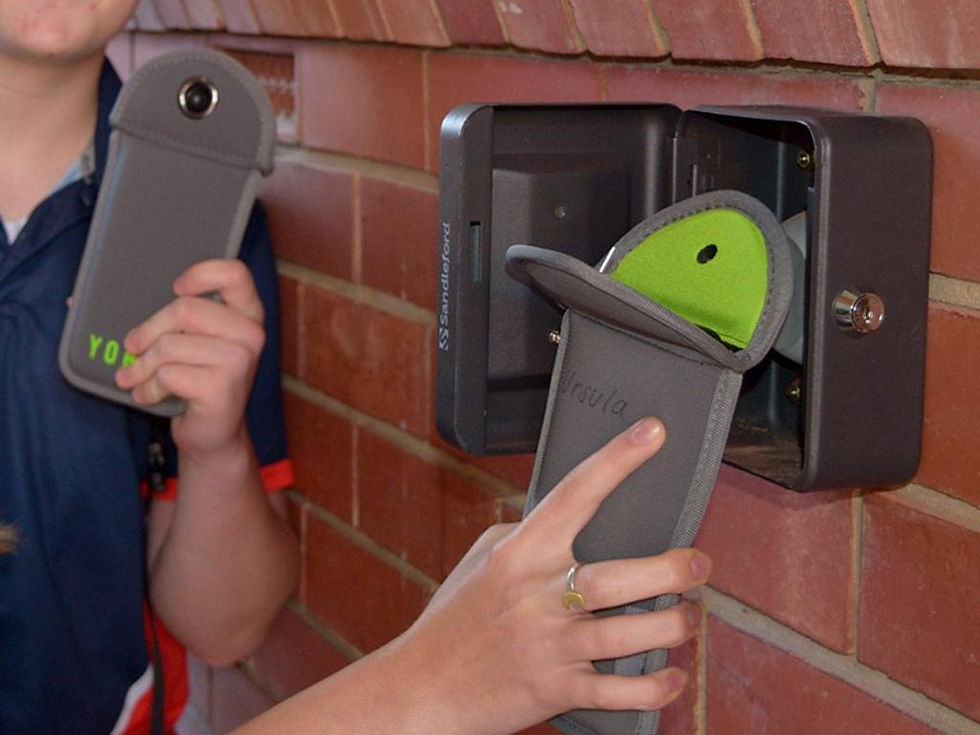From Cooperation to Symbiosis: Rethinking Parent–District Relations
- Chloe Mosquera

- Oct 1
- 2 min read
The Orange County moms’ facebook page is full of chatter, mentioning concerns, questions, and praises about policy choices surrounding the district. Simultaneously, the district uses Facebook to share policy updates and highlight student/teacher accomplishments.
Both sides are talking, but often parallel to each other - never truly intersecting. Interactions in board meetings and PTO gatherings are the traditional points of communication, but they still fall short of genuine partnership - a partnership that could immensely contribute to the success of students, parents, and administration alike.
Notably, parents and the district aim for the same goal - strengthening the Goshen School District. Yet oftentimes, they operate in separate spaces. At times, the relationship feels more hierarchical than collaborative, however, we lack a certain level of cohesion. Instead, what if we worked together? Everyone, in true symbiosis? What if both sides accept the necessity of the other, trusting in partnership to achieve the long-term goal in the same way two organisms depend on one another for survival.
In today’s world, expecting the district to fully own the responsibility for children’s education isn’t realistic. A symbiotic model requires parents to play a deeper role in student education. This could mean volunteering for extracurricular activities, setting technology boundaries at home/school, or informing teachers of personal issues. Whatever the event might be, bringing together all aspects of student life will bring families together and strengthen the bonds between community and school.
Granted, symbiosis is not only about parents giving more; it also requires a shift within the district. Many schools still operate in a top-down model where parents are informed rather than engaged. Moving toward symbiosis means opening the door to shared influence.
Districts must hold accessible sessions about education and town sessions where parents help shape the agenda. Even further, establishing advisory councils with genuine power that use administrative platforms to keep families truly connected. The district has to create new opportunities where parents and families feel like true partners rather than passive spectators.
Overall, symbiosis calls for shared responsibility and shared accountability between both parties. Parents and the district must find ways of adjusting in order to create a stronger, more cohesive model of collaboration. The benefits to students are clear: far-reaching opportunities, better success and even leading to stronger support networks that extend beyond the classroom. The only question left is one worth asking - who will extend a hand first?




Comments